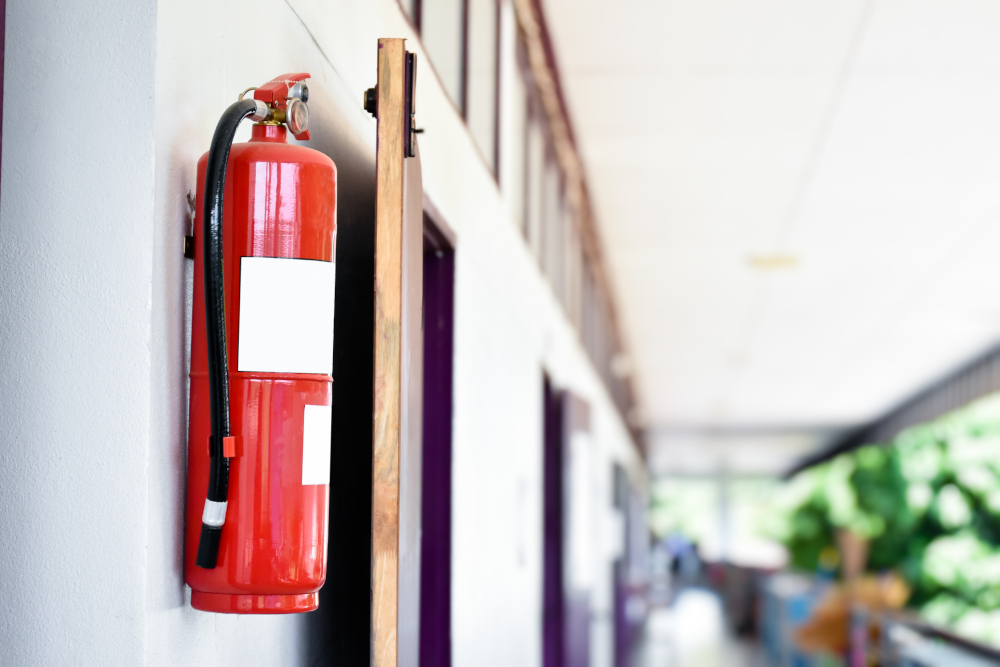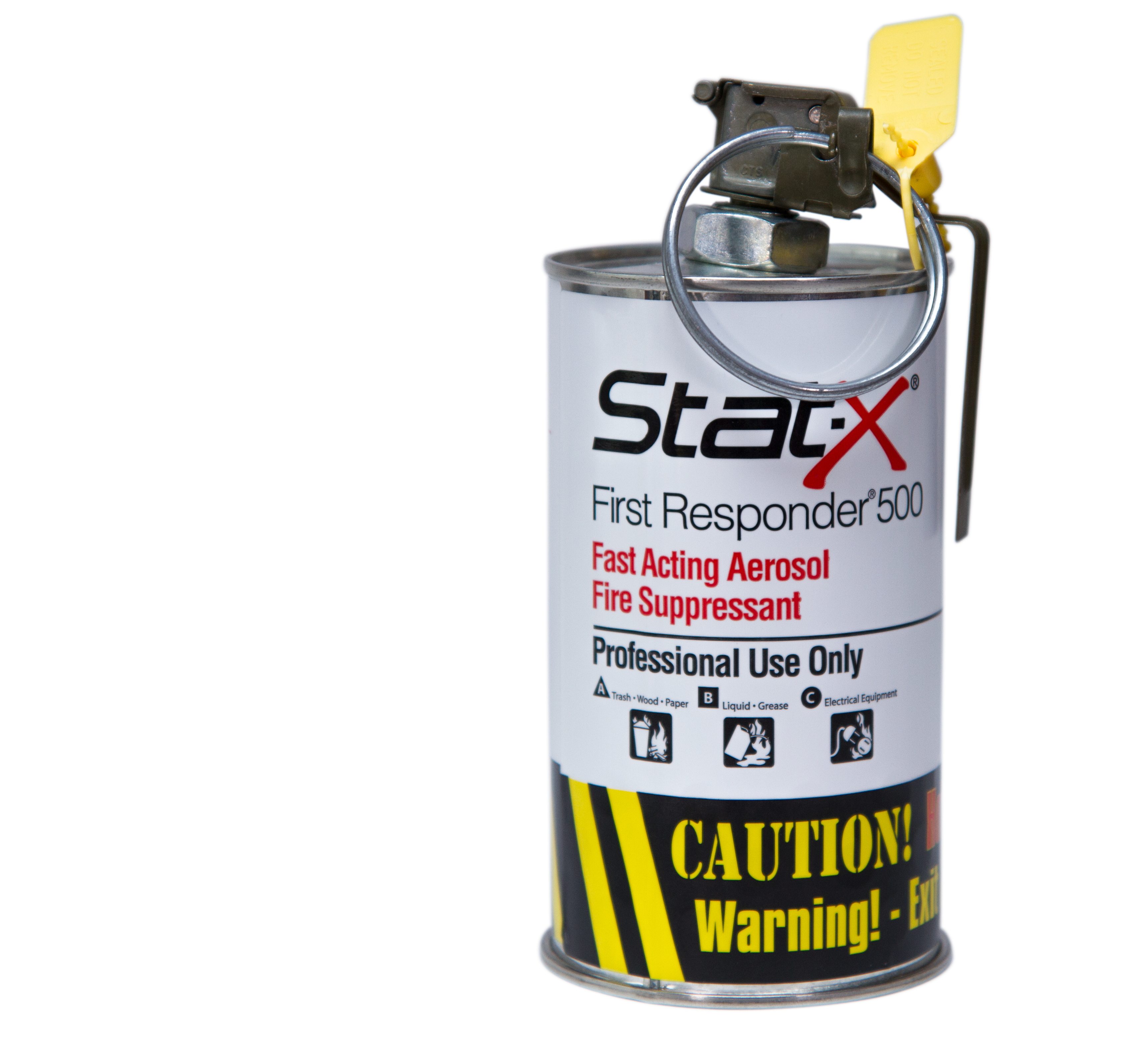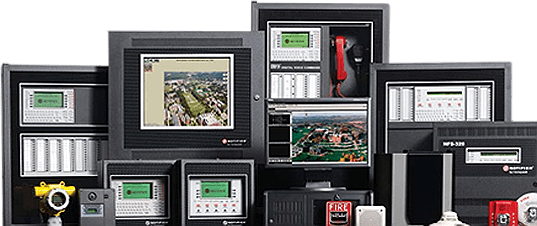Fire Prevention in Schools: Safeguarding the Future
Strategies and Measures for Fire Prevention in Educational Institutions
In the realm of educational institutions, fire safety demands a proactive and comprehensive approach. These environments, bustling with young minds and various activities, present unique challenges in fire prevention and safety. It's imperative to integrate a blend of advanced technological systems, educational initiatives, and meticulous emergency planning. The importance of these measures cannot be overstated, as they are vital in safeguarding not only the physical infrastructure of educational facilities but, more importantly, the lives of students and staff. A systematic approach to fire safety, tailored to the specific needs and complexities of educational settings, is crucial for minimizing risks and ensuring a safe learning environment.
Implementing Effective Fire Drills and Evacuation Plans to Ensure Safety
Emergency preparedness in educational settings is a cornerstone of fire safety. This involves the meticulous planning and regular practice of fire drills and evacuation strategies. These drills, designed to mimic real-life scenarios, are crucial in familiarizing students and staff with safe evacuation routes and procedures. A well-executed drill not only tests the effectiveness of emergency systems but also helps in identifying areas that require improvement. By ensuring that evacuation plans are inclusive and consider the diverse needs of the student population, schools can enhance their readiness and response capabilities in the event of a fire, ultimately safeguarding the lives of everyone within the institution.
Installation and Use of Advanced Fire Detection and Suppression Systems in Schools
In the battle against fire risks in schools, the role of advanced fire detection and suppression systems is pivotal. These include comprehensive installations like smoke detectors , fire alarms , and sprinkler systems . The early detection capabilities of these systems are instrumental in curtailing the spread and impact of fires. To maintain their efficacy, regular maintenance and inspection routines are indispensable. Ensuring these systems are up-to-date and functional is not just a matter of compliance with safety standards but a critical aspect of protecting lives and property. Moreover, integrating these systems into the overall emergency preparedness plans and training staff in their operation is essential for an effective and coordinated response during a fire emergency.
Explore further
The Importance of Fire Safety Education Programs for Students, Teachers, and Staff
At the core of fire safety in schools is the education of students, teachers, and staff. Educational programs on fire safety serve as a vital tool in imparting knowledge about the risks associated with fires, preventive measures, and emergency response techniques. These programs should be comprehensive, engaging, and age-appropriate, effectively embedding a culture of safety and awareness within the school community. By integrating fire safety education into the school curriculum through interactive sessions and practical demonstrations, schools can significantly reduce the risk of fire-related incidents and enhance the preparedness levels of everyone involved.
Collaborating with Local Fire Departments for Enhanced Emergency Preparedness
A collaborative approach involving local fire departments is crucial in bolstering emergency preparedness in schools. Fire departments bring a wealth of expertise and resources to the table, offering invaluable insights into fire safety practices. Their involvement can range from conducting regular inspections to providing specialized training for school staff. Such partnerships ensure schools are equipped with the latest in fire safety practices and are well-prepared to handle emergencies. This collaborative effort not only enhances the effectiveness of fire safety measures but also fosters a sense of community and shared responsibility towards ensuring a safe educational environment.
How Education is Promoting Successful Fire Prevention Initiatives in Educational Institutions
Recent initiatives in fire safety education within schools have shown significant progress in reducing fire-related risks and incidents. These efforts focus on expanding school-based education, encompassing a broader spectrum of grade levels with age-appropriate and engaging lessons. This comprehensive approach has been instrumental in altering students' perceptions and behaviors regarding fire safety.
Interactive educational activities, tailored to different age groups, play a key role in this strategy. These activities range from simulated fire drills to workshops on the science of fire and safe evacuation methods. By integrating practical knowledge with engaging learning experiences, students are more likely to absorb and retain crucial fire safety information. This method has led to a notable decrease in fire-starting behaviors among students, highlighting the effectiveness of education in fostering safer practices.
Collaboration has been a cornerstone of these successful initiatives. Fire departments, educational professionals, and community members have joined forces to reinforce the message of fire safety. Firefighters and safety officers often visit schools to share their expertise, making the learning experience more authentic and impactful. This collaborative effort extends beyond the classroom, involving families and local communities in fire safety campaigns and events, thereby reinforcing the message of safety in various aspects of students' lives.
Overall, these school-based fire safety programs have not only educated students about fire risks but also equipped them with the skills and knowledge to act responsibly in fire-related situations. The integration of these programs into the broader educational curriculum is a proactive step towards creating a culture of safety and preparedness, both within schools and in the wider community. For more detailed insights into these successful school-based fire safety education initiatives.
Conclusion
Effective fire prevention in educational institutions is a shared responsibility. Embracing comprehensive safety measures, regular training, and expert collaboration can create safer learning environments. If you are responsible for fire safety in an educational setting, consider partnering with Control Fire Systems and local authorities today to protect our future.














